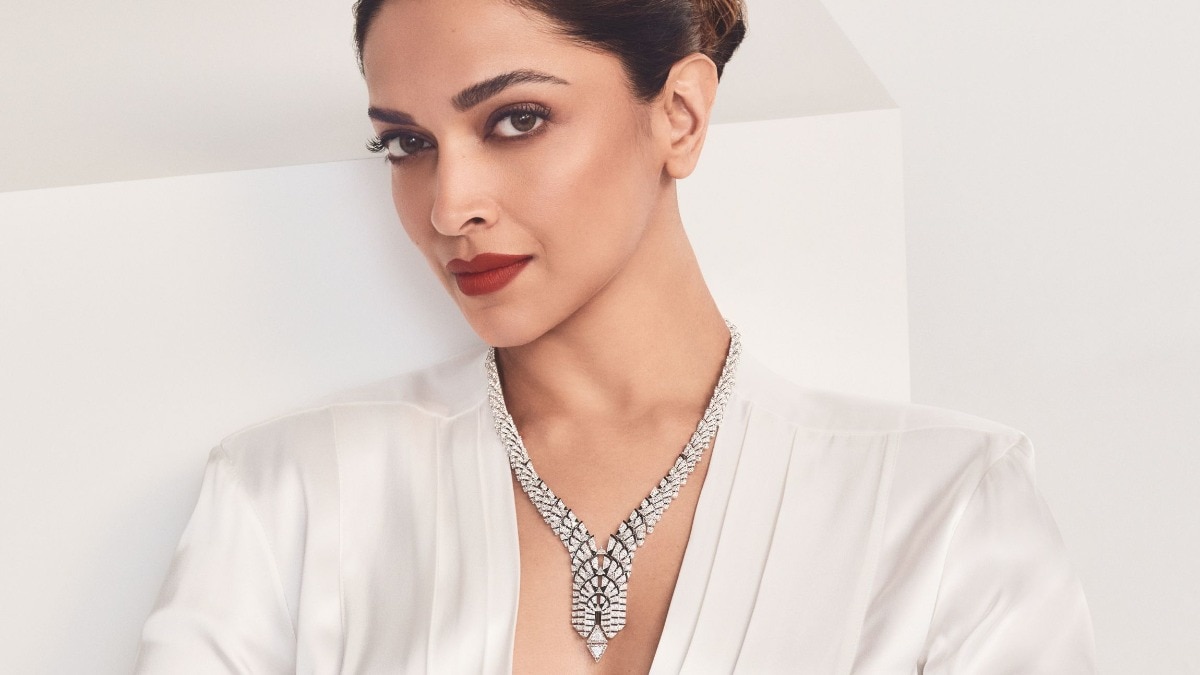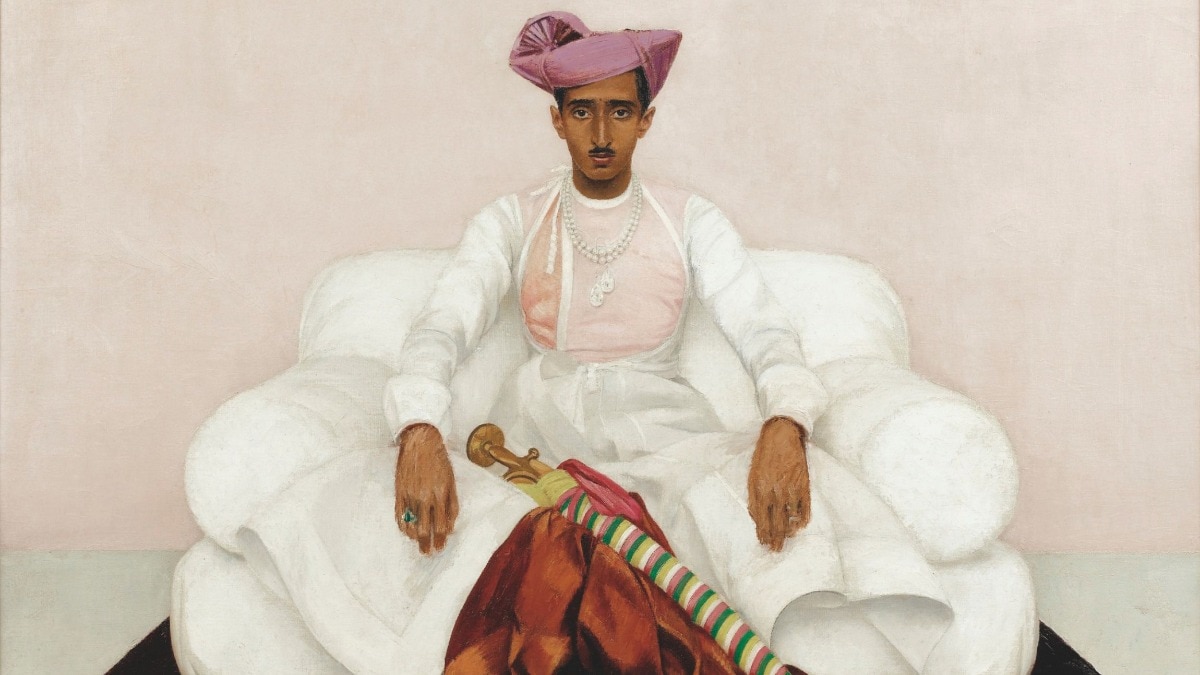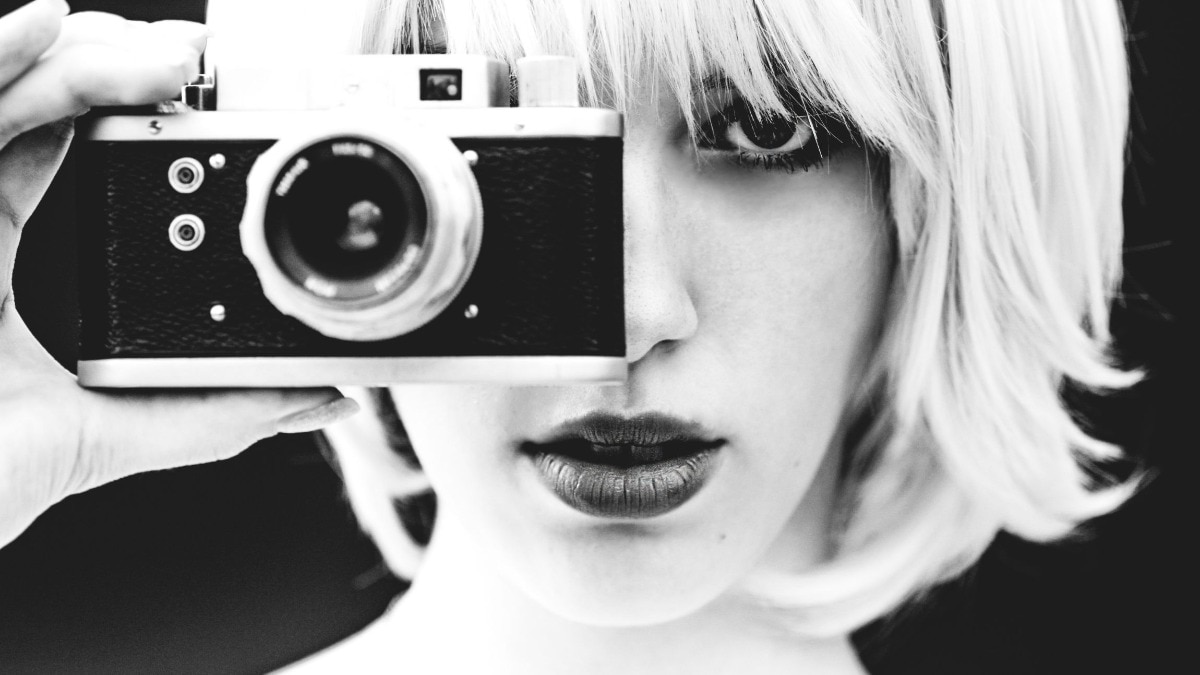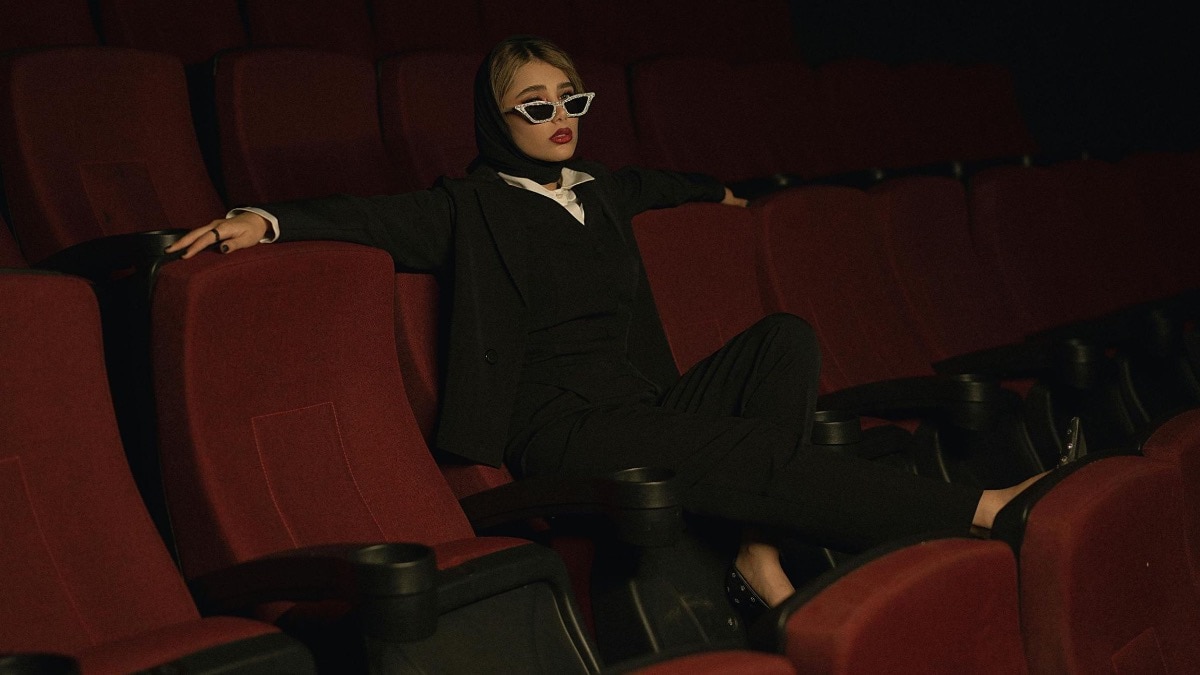Daniel Roseberry—the designer who scripted Schiaparelli's success story
In the span of just three years, Schiaparelli’s artistic director has made the brand a household name, having dressed the likes of Adele, Beyoncé, Kim Kardashian, Lady Gaga, and Michelle Obama among others.


In a pristine white room—its only real adornment is the large window that views out to the Place Vendôme—Schiaparelli’s artistic director Daniel Roseberry sits relaxed behind a minimalist white table. He looks to be still feeling the reverberations that his latest haute couture collection sent through the fashion world. The show took place in July, in the Musée des Arts Décoratifs in Paris, surrounded by the new exhibition 'Shocking! The Surreal Worlds of Elsa Schiaparelli'. It made quite an evocative backdrop to a show that featured music from the original Jurassic Park movie, along with ensembles that celebrated both the female form and the sculptural beauty of blooms.

The exhibition, curated by Olivier Gabet and Marie-Sophie de la Carrière, is not just a look back at the inventive fashion of the founding Italian fashion designer (think a dress with a lobster decorating the length of the skirt, a make-up compact in the form of a telephone’s rotary dial, or a hat in the shape of a shoe). It also showcases how collaborations with her artistic contemporaries such as Salvador Dalí, Jean Cocteau, and Man Ray influenced her work, and by extension, the work of future influential fashion designers. In more than 500 pieces in the exhibit, some of the most fascinating artefacts are the ones that have been born from the minds of John Galliano, Yves Saint Laurent, Christian Lacroix, and Azzedine Alaïa. They best illustrate how Elsa’s work has had a ripple effect through generations of designers.

For Roseberry, his interpretation of the Schiaparelli spirit is to create collections designed to conjure up deep emotions in his audience and clients...clothing that lingers in the mind long after a season has become part of the brand’s storied history.
Born in Plano, Texas into a religious family (his father is a minister), Roseberry first studied his craft at New York’s Fashion School of Technology. He then spent a decade honing his skills for fashion and theatrical shows under the watchful eye of Thom Browne, before taking up the top spot at Schiaparelli. And so, Daniel became the first American designer to lead a French couture house—who happens not to speak French.
Prior to his arrival at Schiaparelli, the House had gone through a number of designers who struggled to master its rich and surreal heritage for an adventurous new generation. But from the moment Daniel walked through the doors of 21 Place Vendôme, the famed headquarters of Schiaparelli from the era of Elsa, he was able to create bold-yet-whimsical and sculptural-yet-feminine outfits that give a nod to the past, but always dare in their own avant-garde ways.

It is because he creates fashion that elevates far beyond the everyday that Roseberry has become one of the most sought after designers for other boundary-pushing artists and leaders—Lady Gaga, Beyoncé, Michelle Obama, Cate Blanchett, Cardi B, Kim Kardashian, Adele, Tilda Swinton, and Celine Dion have all turned to him. His ensembles are fanciful fever dreams, which are grounded in structure, and yet still find ways to transcend. These movable art pieces defy being categorised and exist to inspire, cause gasps of delight, and underline the idea that couture is all about being fearless.

Here, Roseberry talks about what it takes to harness the surreal power of Schiaparelli, his desire to collaborate, and the unique joy of creating his sister’s wedding dress.
Harper’s Bazaar: You decided to show your Fall 2022 haute couture show inside the museum where the new exhibition dedicated to the work of Elsa Schiaparelli just opened. What was the thought behind that move? Was it to pay homage?
Daniel Roseberry: I did not want to create a collection that was linked to the museum. I wanted to do something that felt deliberately very ‘now’ because the museum is very thorough in telling her story. And I knew that the whole thing needed a jolt of now-ness. For me, the collection is a snapshot of where I want Schiaparelli to be, right now. I obviously loved having elements of her world in there, but it was by no means a tribute to the heritage of the House.
HB: So it wasn’t a look back?
DR: No, it was not. If anything, it was more inspired by looking at the curation of the exhibit, the pieces that are in it from Christian Lacroix, Yves Saint Laurent, Jean Paul Gaultier, and Azzedine Alaïa; those designers who really took deliberate things from her world. For me, it was more interesting to reference her impressions on those worlds. And I feel more connected to those designers and to that work as well. So it was sort of like a closing of the loop, in a fun way.

HB: You mentioned Christian—we understand the two of you spoke while you were making this collection. Can you share what that conversation was about and how it informed your design process?
DR: Yeah, it was really about the romance of his work. Last season, I really wanted to do something that felt pure and almost unadorned and shockingly rigorous, and then this season, I just wanted a little bit more romance. I kept watching movies throughout the process that were these sweeping, epic love story movies, and not even love stories...that’s where some John Williams’ Jurassic Park [soundtrack] came from. It’s this idea of romance as well as the self-soothing comfort of nostalgia. When I looked at Christian’s work, or Yves’ [Saint Laurent] mid-to-late work, there was this triggering effect about when those great Houses were more creatively driven, rather than driven by the machine and the weight and the bloat of being a mass market luxury machine. I wanted to bring a little bit of that back. I wanted to remind people and remind myself why I’m doing this.

HB: Flowers also played a powerful role in the collection and created a very Schiaparelli slant to the idea of romanticism. Why did you feel now was the time to have them be such a critical element of your designs?
DR: I knew it was time to bring colour back. But I knew it also couldn’t be big poofs of solid colours of fabric. And we didn’t have the budget for crazy embroidered gowns. Nor did I want to do that. And so, I was stuck. Nothing felt right. But then I went to Austin [Texas] for my sister’s wedding and on the last day, my mom gave me this book called A Passion for Flowers. It’s by a woman named Carolyne Roehm, who worked—and was a muse—for Oscar de la Renta. She has these incredible gardens in Connecticut. And my grandmother, who I idolised aesthetically, had this book on her coffee table. I grew up obsessed with the book. On my first day back to work, I had a flash in my mind that this is exactly what we needed to do. So I brought the book in and we photocopied every page and blew up the pictures. I drew shapes around different arrangements of flowers, cut them out of paper, pasted them onto the garments, and created these human bouquets. The making of the flower pieces was so celebratory and joyful, and just such a pleasure. It was unbelievable.

HB: Let me ask you this: I would argue that right now, you and what you are doing at Schiaparelli are one of the hottest things in fashion. What has it been like for you to work under that intense spotlight?
DR: I think what’s amazing is that there are a lot of seats at the table for different designers to be bringing in different things. Pierpaolo [Piccioli] is doing his thing. Demna is doing a thing. And, I think, Pieter [Mulier] is doing a thing. There is enough space so that everyone gets a turn at triggering the right thing at the right moment. But you don’t hit it perfectly every time...I think that’s impossible. However, I do think you have to be hungry, and stupid enough to think that you could. I love trying to elicit an emotional response from people. I grew up watching people listen to my dad preach every week in the church. He is an amazing preacher. And when he would hit it hard, I knew what was happening in the room, you feel it in the air, you can feel 600 people responding to the same thing all at once. Whether it was the music or the message or whatever... And it created in me, I think, a real comfort with that idea of a captive audience and a real desire to capture that sort of emotion—to have people feel something that you think they should feel, or that you feel is important.
HB: There has been a lot of cross-pollination between brands over these past few years. I am curious to know if there is a designer or a House you would like to do a creative mind melt with?
DR: “I don’t know whether I’d want to do it in fashion. The two worlds that I’m most attracted to are music and interiors. The Jean-Michel Frank salons that he did for her [Elsa Schiaparelli] are some of my favourite parts of the archives. On every mood board that we make, there are lots of interiors because I begin to imagine who this creature is, where she lives, and what the world that she has created is. I am always trying to create something that exists inside of that. It’s such a natural thing for me, too, since [interiors] is one of my big passions. And then when it comes to music, I think that’s the pop American side of me. I always think about a stadium full of people chanting someone’s name. And I want to make whatever’s on that person’s back. I like the idea of concepting an era for an artist.

HB: Talk to us about a real highlight, or moment of grace that you have experienced since you became the artistic director of Schiaparelli...
DR: The one I’d like to revisit, just for kicks, would be the day that Lady Gaga performed at [US President] Biden’s inauguration. You have absolutely no idea what’s going to happen. Up until she came out in the dress, we didn’t even know whether she would wear it. It kind of kicked off a chain reaction... I remember everyone in the atelier; we were all watching it together, people were screaming, people were crying. And I just remember not being able to access my feelings in the moment; I think I was in shock. But it was sort of a beginning to this journey. And I think it would be interesting to relive that again.
HB: Speaking of bucket list ensembles to design, we can only imagine that designing your sister’s wedding dress could possibly be one of the most important dresses you have ever created. What was that like?
DR: Honestly, my sister’s so unassuming, and also drop-dead gorgeous. She’s not aware of it and she is not a vain person—at all. So it was incredible to see her rise to the occasion. The dress was really a big deal for us. I think it’s weird because people talk to me as much about that dress as they do about dressing Adele or Beyoncé. It was such a cool moment for the House because it really meant something. And also, she went viral on TikTok where she told the story of unwrapping the dress, the way it arrived, coming to Paris [for the fittings]...like millions of views of this dress. She wanted a real moment—and we gave it to her.










